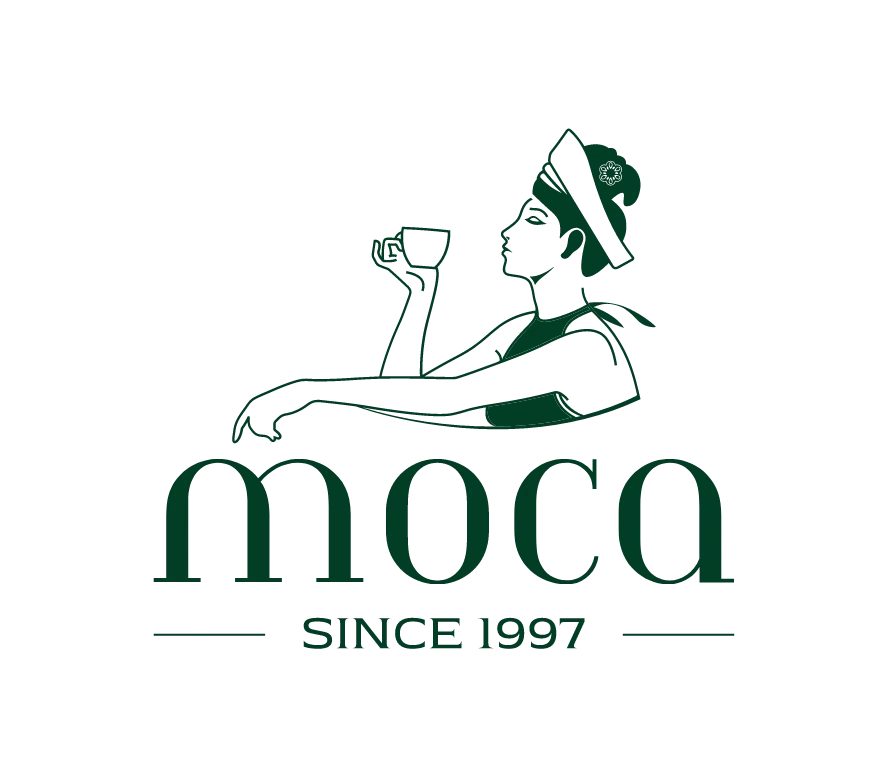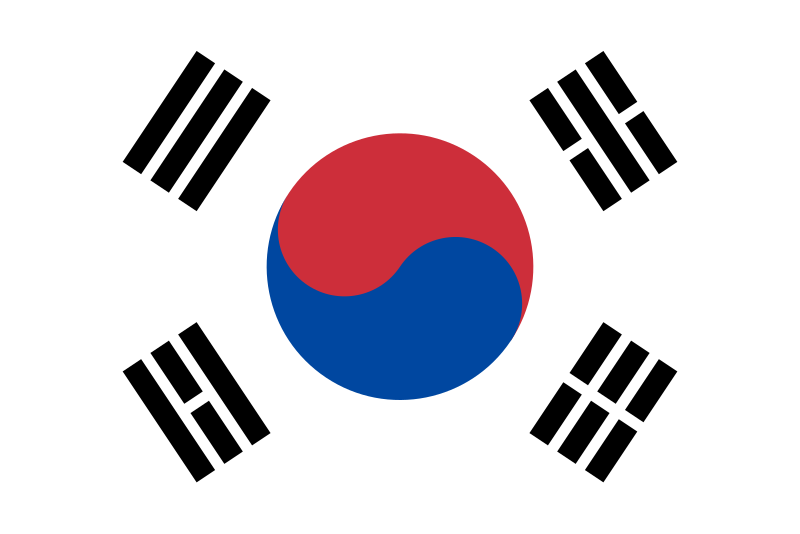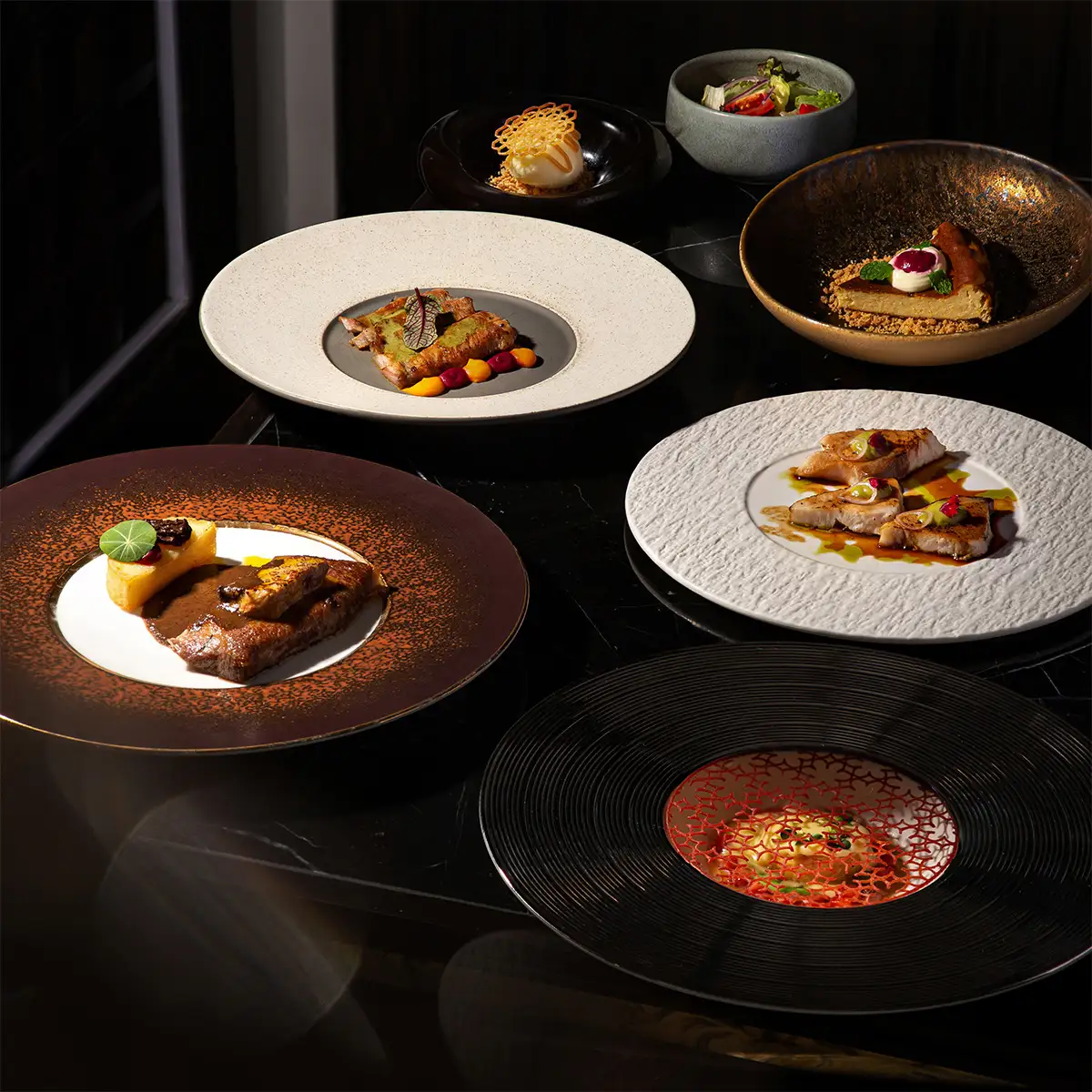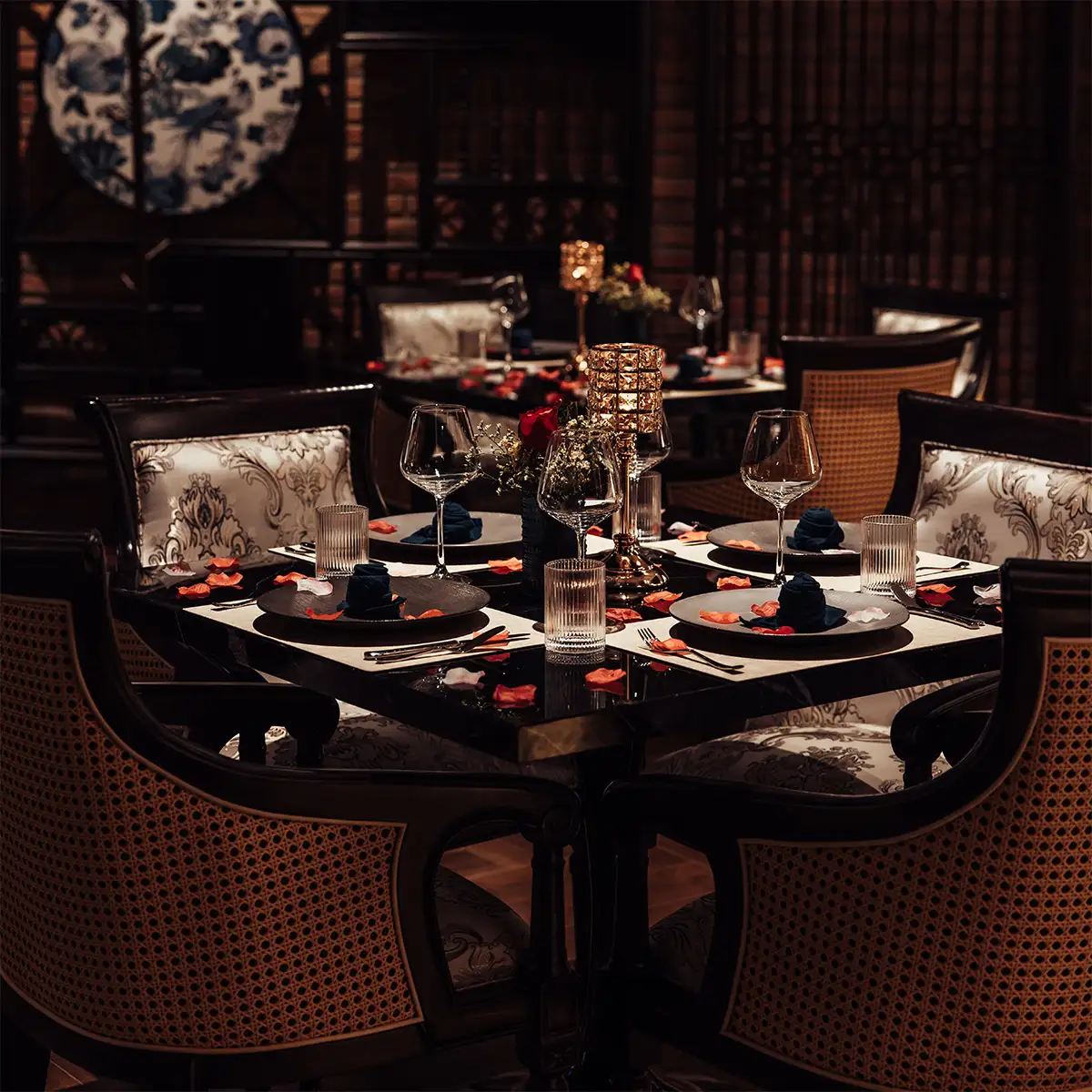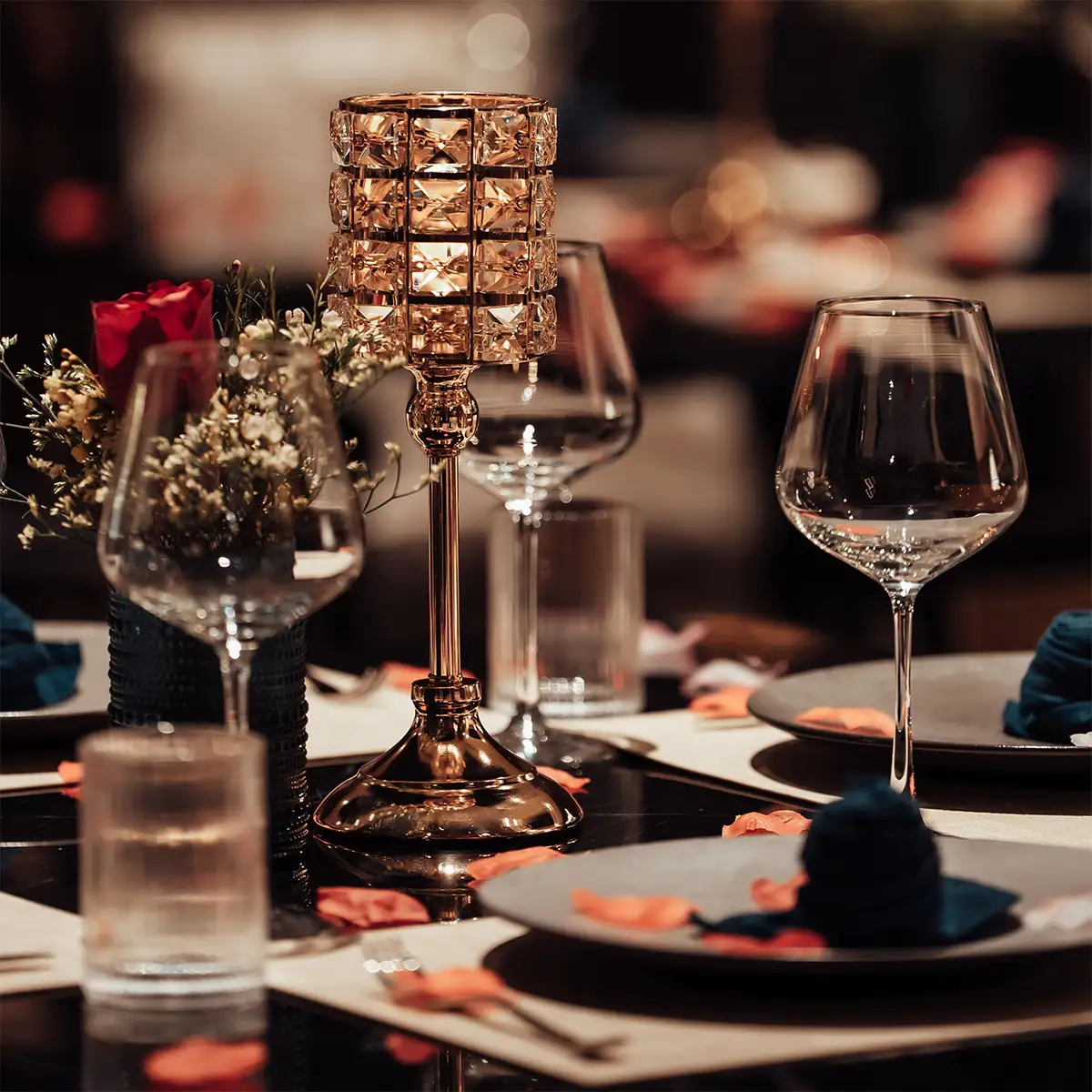In the lexicon of gastronomy, few ingredients command as much reverence as the truffle. Often called the "black diamond" or "white gold" of the kitchen, this enigmatic fungus represents the pinnacle of culinary luxury. Its indispensable role in haute cuisine is built on a foundation of rarity, an intoxicating aroma, and an unparalleled sensory experience that can transform a simple dish into a masterpiece. This article delves into the essence of what makes the truffle in fine dining so coveted, exploring its journey from the earth to the plate and its enduring appeal to chefs and gourmands alike.
1. The essence of truffles: Rarity, aroma, and types
At its core, a truffle is the fruiting body of a subterranean fungus that thrives in a delicate symbiotic relationship with the roots of specific trees, most notably oak, hazelnut, and beech. Growing several inches beneath the soil, truffles are notoriously difficult to cultivate and harvest, often requiring specially trained dogs or pigs to locate them. Yet, the true value of truffle in fine dining extends far beyond its botanical definition. Revered for its rarity, seasonality, and connection to terroir, the truffle has become one of the most luxurious and sought-after ingredients in haute cuisine, symbolizing refinement and exclusivity on any menu.
The real magic of truffle in fine dining lies in its intoxicating aroma—a signature characteristic that defines its culinary appeal. This aroma is incredibly complex: earthy, musky, and slightly garlicky, with deep umami undertones that linger in the air and on the palate. The scent is volatile and highly sensitive to heat, which is why truffles are often shaved raw over warm dishes, allowing their fragrance to bloom delicately upon contact. This precise application elevates even the simplest ingredients—such as eggs, pasta, or risotto—into extraordinary dishes. For chefs, truffles represent not only a rare delicacy but also a powerful sensory tool, capable of transforming a dish through aroma alone and defining the essence of fine dining indulgence.
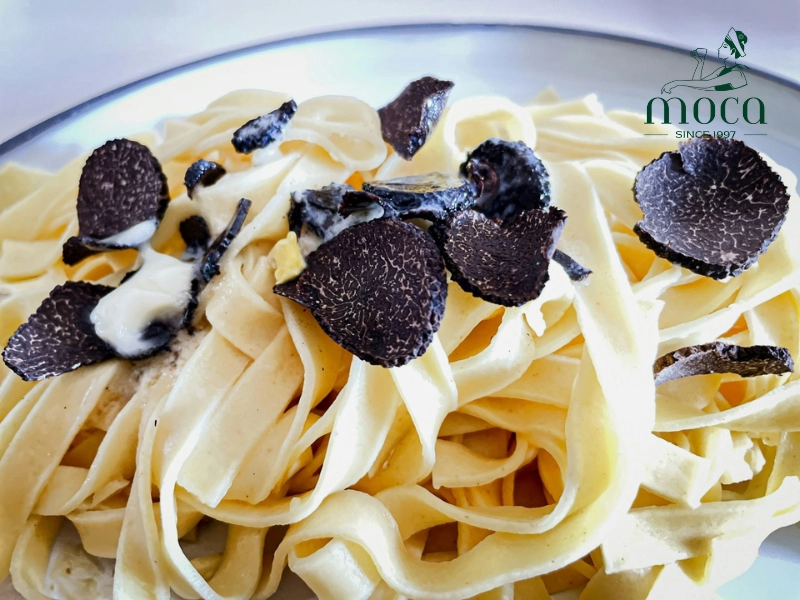
Truffle: nature’s rarest aroma, elevating simplicity into sublime indulgence.
Key varieties in fine dining:
- Black truffles (Tuber melanosporum): Known as the Périgord truffle, this gourmet ingredient is harvested in winter. It has a robust, earthy flavor and a pungent aroma with notes of cocoa and earth. Its dark, marbled interior is a hallmark of quality.
- White truffles (Tuber magnatum pico): The prized Alba white truffle is the rarest and most expensive variety. Harvested for a very short season in the autumn, it is never cooked, only shaved fresh over dishes. Its aroma is intensely garlicky and ethereal, a fleeting but unforgettable experience.
- Other notable varieties: Summer truffles and Burgundy truffles offer a more subtle flavor and are available at different times of the year, providing chefs with options outside the peak winter and autumn seasons.
- The challenge of harvesting: The rarity of truffles is compounded by the difficulty of harvesting them. They cannot be cultivated in a traditional sense and must be foraged in the wild using trained dogs (and historically, pigs) that can detect their scent beneath the soil. This labor-intensive hunt contributes significantly to their mystique and cost.
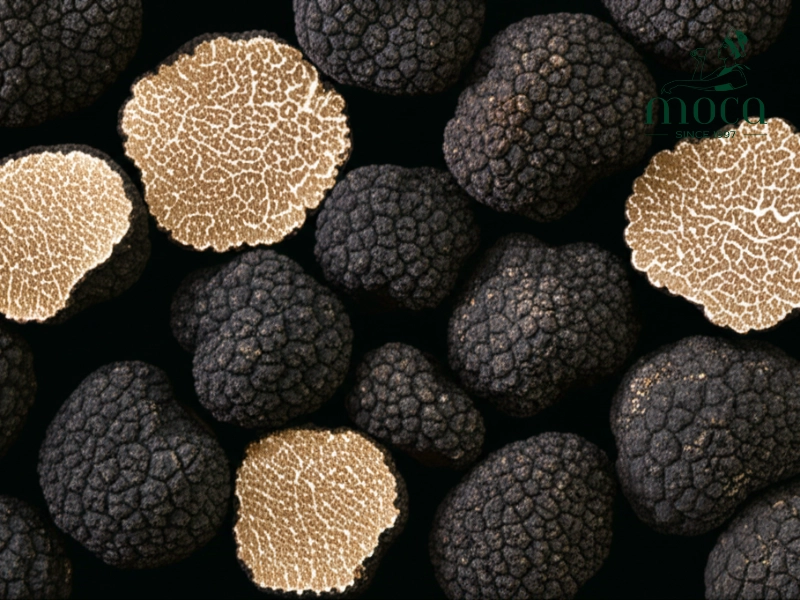
From winter’s bold black truffles to autumn’s elusive Alba whites—each variety brings its own rare magic to the table.
2. Truffle applications: Elevating dishes in fine dining
The art of using the truffle in fine dining is a delicate balance of respect and creativity, aiming to showcase its character without overwhelming it.
2.1. Direct shaving
The most dramatic and pure way to present a fresh truffle is through direct truffle shaving. Using a special slicer, paper-thin shavings are cascaded over a hot dish, often tableside. The heat releases the truffle’s volatile aromatic compounds, creating an immediate and immersive sensory experience.
This technique is reserved for dishes that provide a warm, neutral canvas. A classic Tagliolini al Tartufo, featuring fresh pasta with butter and Parmesan, becomes transcendent with shavings of white truffle. Similarly, a creamy Risotto al Tartufo Bianco or simple scrambled eggs are elevated to luxurious heights.
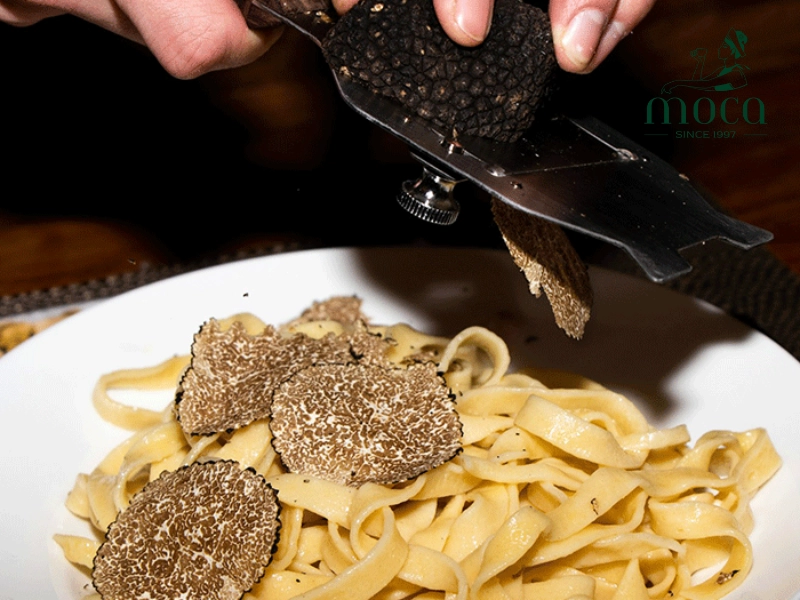
Direct shaving: where the truffle’s aroma meets the plate in a moment of pure indulgence.
2.2. Infusion and integration
To capture their essence, truffles are often infused into other ingredients, particularly fats, which are excellent carriers of their aroma.
- Truffle butter and oils: Authentic truffle infusion involves steeping real truffle pieces in high-quality butter or oil. These products allow the flavor to be distributed evenly throughout a dish. It is critical to distinguish these from synthetic products. Most commercially available "truffle oils" use a chemical compound to mimic the scent. A true fine dining establishment will only use products derived from real truffles to ensure authenticity.
- Sauces, purees, and fillings: Finely chopped or pureed truffles can be integrated into rich cream sauces, a classic truffle just for meats, or even folded into fillings for ravioli or ballotines, creating layers of deep, savory flavor.
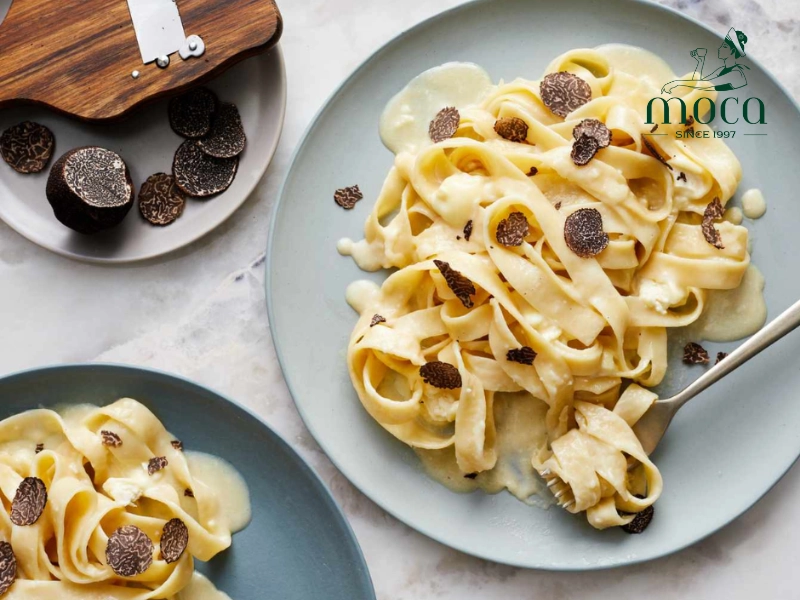
Infused and integrated—truffle’s soul captured in butter, oil, and every luxurious bite.
2.3. Iconic truffle dishes
Certain dishes have become iconic representations of truffle in fine dining, showcasing the ingredient’s ability to transform even the most straightforward recipes into extraordinary culinary experiences. Take, for example, the classic truffle scrambled eggs—an enduring favorite that demonstrates how this rare delicacy can elevate something as humble as eggs into a rich, aromatic dish worthy of the finest tables. The warmth of the eggs releases the truffle’s complex aroma, creating a luxurious harmony of flavor and fragrance with every bite.
Perhaps one of the most legendary expressions of truffle in fine dining is the historic Beef Rossini. This opulent dish features a perfectly cooked tournedos of beef, crowned with pan-seared foie gras and finished with a velvety Madeira reduction. The final touch—freshly shaved black truffle—adds an earthy intensity that unifies the richness of the meat and foie gras, resulting in a dish that epitomizes indulgence. Together, these dishes serve as benchmarks for how truffles can define and elevate the haute cuisine experience.
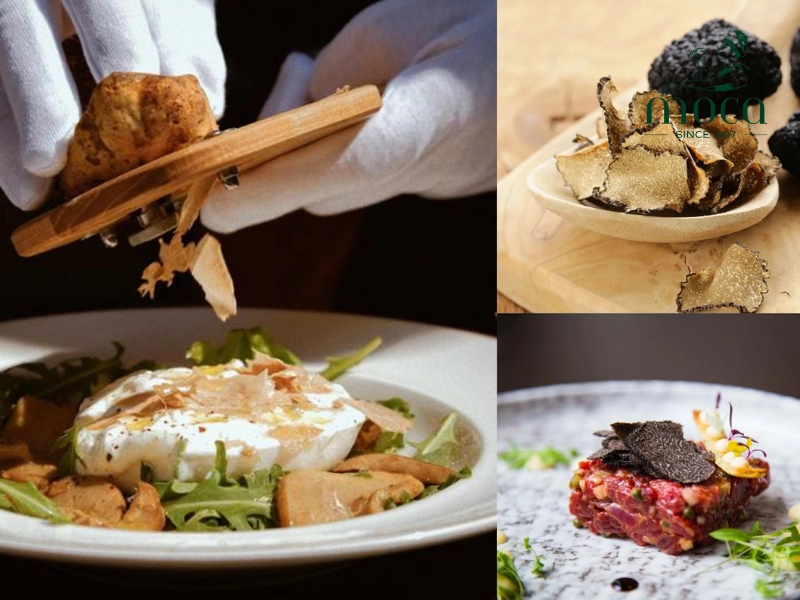
From delicate truffle scrambled eggs to the legendary Beef Rossini, these dishes define the pinnacle of refined indulgence.
3. Perfect pairings: Harmonizing flavors with truffles
A successful truffle pairing is one where the accompanying ingredients and wine serve to amplify, not compete with, its unique profile.
- Complementary ingredients:
- Fats: Butter, cream, and cheese (like Parmesan or Fontina) are ideal partners, as their fat content captures and carries the truffle aroma.
- Starches: Simple starches such as pasta, potatoes, and risotto provide a neutral background that allows the truffle to be the star.
- Eggs: The delicate flavor and rich yolk of eggs have a natural affinity for the earthy notes of truffles.
- Wine pairings: The right wine can create a harmonious dialogue with a truffle dish. Earthy red wines, such as an aged Burgundy (Pinot Noir) or a Nebbiolo from Piedmont (the home of the white truffle), mirror the truffle’s earthy characteristics. Their structure and acidity cut through the richness of the dish, cleansing the palate. For white wine lovers, an aged, oak-matured Chardonnay can offer a complementary complexity.

Truffle pairings are all about harmony—rich starches, creamy textures, and wines that echo the earth beneath the forest floor.
4. Sourcing, seasonality, and authenticity
The integrity of a truffle dish begins with its source.
- Geographical origins: The world's most famous truffles come from specific regions: Périgord in France and Umbria in Italy for black truffles, and Piedmont (specifically Alba) in Italy for white truffles.
- Seasonal availability: Fresh truffles are a strictly seasonal delicacy. Their presence on a menu is a marker of the time of year, and fine dining chefs build entire menus around their short but glorious peak season.
- The authenticity challenge: At Moca Dining, we understand that authenticity is paramount. We ensure the quality of our truffle supply by building strong, long-term relationships with trusted foragers and suppliers. Each truffle is inspected for its firmness, intense aroma, and integrity, guaranteeing that our guests receive a genuine and exceptional fine dining experience.
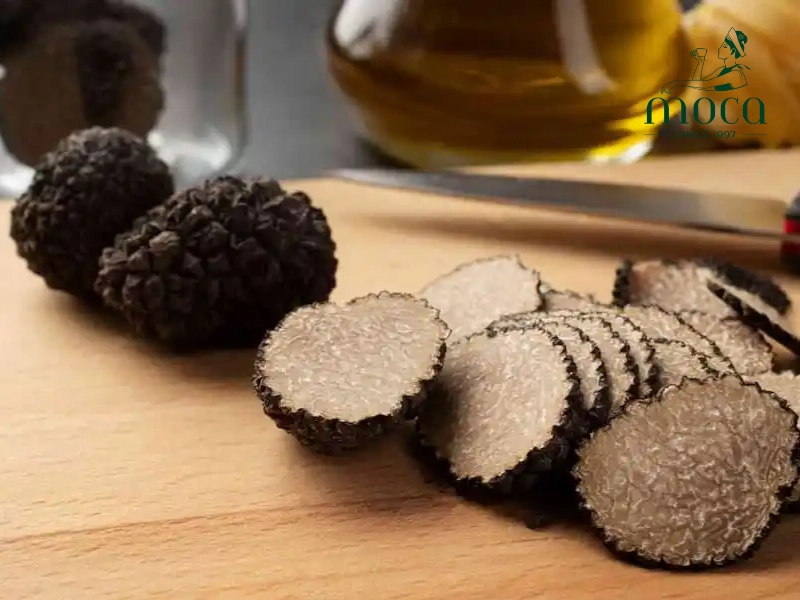
At Moca Dining, we trace every truffle to its origin—celebrating seasonality, terroir, and authenticity in every shave.
The truffle offers an unparalleled journey for the senses, making it one of the most treasured and culinary gems for chefs and diners alike. Its rarity, intoxicating aroma, and profound flavor secure its legacy as the ultimate symbol of sophistication in the culinary world. Despite its cost, the truffle in fine dining continues to represent a commitment to excellence and an unforgettable moment of indulgence.
We invite you to Moca Dining to experience the magic of seasonal truffles. Our chefs masterfully incorporate these precious ingredients into exquisite dishes, offering you a truly memorable taste of culinary luxury. Make your reservation today and indulge in this limited-time gourmet experience.
